Class 6 History Chapter 10 Notes - Buildings, Paintings and Books
| Table of contents |

|
| Literature: World of Books |

|
| The Puranas |

|
| The Buddhist and Jain Text |

|
| Sanskrit Works |

|
| Tamil Works |

|
| Art and Architechture |

|
| Paintings and Science: |

|
The Indian civilization is the oldest in the world. It has worked on literature, art and architecture. We will take a look at various literature, and art pieces along with the architectural monuments that have been created in India throughout the ages.
Literature: World of Books
(i) In the field of language and literature Indian heritage is unparalleled.
(ii) It is not easy to find such literature in any other language as to match with the Vedas, the Upanishads, the Puranas, the Mahabharata, the Ramayana and the Bhagavadgita.
(iii) Further there were the Jatakas, the Tripitakas along with Dipvamsa and Mahavamsa of the Buddhists, Angas texts of the Jains and the Sangam literature of the Tamils.
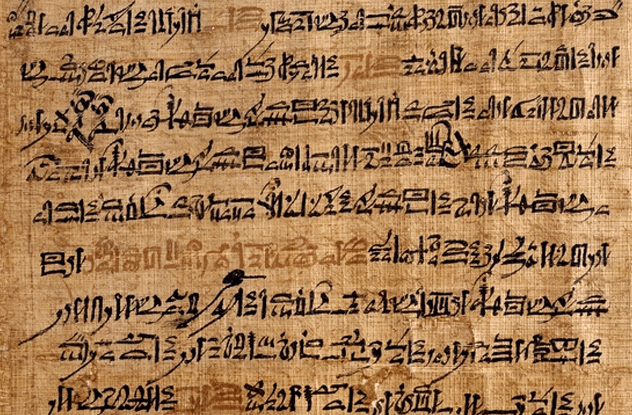 Indian Architecture
Indian Architecture
The Puranas
i) The Puranas were written as early as the 1st century BC.
ii) The Puranas are eighteen in number and have five divisions.
iii) The fifth division is historically important as it contains the traditions about the dynasties of rulers of ancient India.
iv) The important Puranas are the Vayu, Vishnu and the Matsaya Purana. They give us valuable information about the history of ancient India.
 The Puranas
The Puranas
The Epics 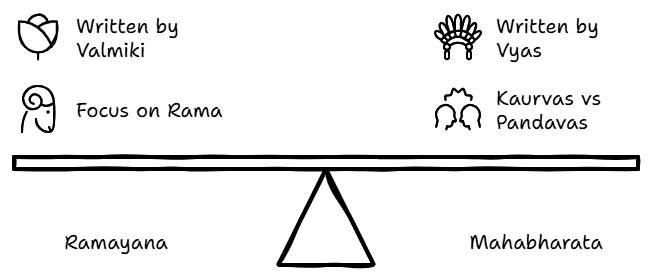
(i) The two epic - the Ramayana and the Mahabharata - give account of the social, political and religious features of the people of the Epic Age.
(ii) Mahabharata talks about the war between Kaurvas and Pandavas. It was written by a sage, Vyas. The Bhagavadgita, an important source of knowledge is included in the Mahabharata.
iii) The Ramayana written by Valmiki is about Rama who had to fight against Ravana to get his wife back.
The Buddhist and Jain Text
(i) Tripitakas and Jatakas of Buddhism as well as Angas of Jainism give us vital Information.
(ii) They help in reconstructing the history of ancient India.
Sanskrit Works
i) Good quality of Sanskrit literature was produced from the second century AD to fifth century AD, especially under the Gupta rulers.
ii) Kalidasa, the great poet and dramatist enriched the Sanskrit language. His plays Abhijnana Shakuntalam and Vikramorvashi are gems of Sanskrit literature.
iii) Some other major authors were Vishkhadatta who wrote Mudra Rakshasa, Amar Singh who wrote Amarkosha and Shudraka who wrote Mrichhakatikam. Panchatantra was also written during this period.
Tamil Works
i) Tamil is the oldest language among the spoken literary languages of South India.
ii) The earliest trace of Tamil literature is found in Sangam literature. 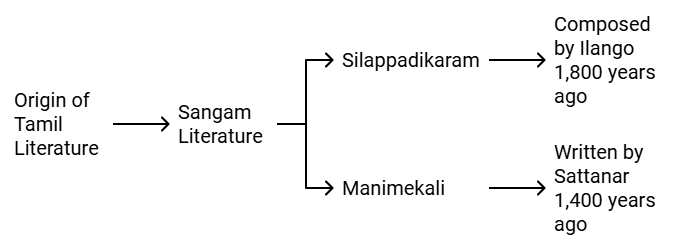
iii) The famous Tamil epic, the Silappadikaram was composed by llango about 1,800 years ago.
(iv) Another Tamil epic the Manimekali was written by Sattanar about 1,400 years ago.
Art and Architechture
(i) Ancient India achieved wonderful heights in fine arts.
(ii) In the field of architecture, the Great Bath and Sanchi Stupa, in the field of sculpture Ashoka pillars, in the field of metallurgy the Iron Pillar at Mehrauli are some great examples.
iii) The buildings built thousands of years ago were made of brick and stone. Their durability is proved by the fact that they still stand tall.
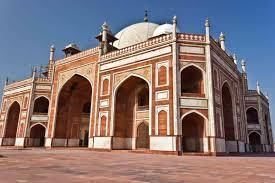 Art and Architechture
Art and Architechture
Paintings and Science:
(i) The paintings of this area are found in Ajanta and Ellora.
(ii) They were made of colours derived from plants and animals and were vivid in description.
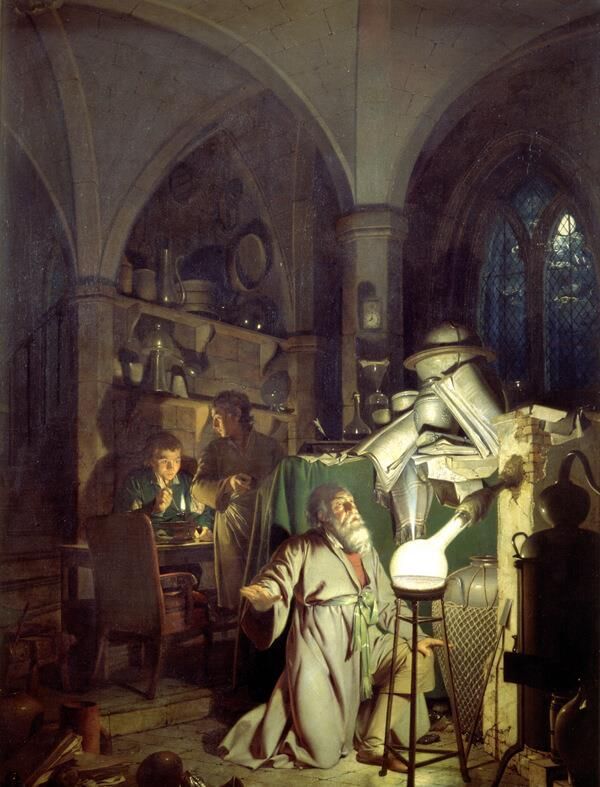 Fig: Painting and science
Fig: Painting and science
(iii) In science, Aryabhatta talked about day and night, eclipses and used circumference of a circle which is as accurate as the formula used in modern times.
FAQs on Class 6 History Chapter 10 Notes - Buildings, Paintings and Books
| 1. What are the Puranas and why are they significant in Indian literature? |  |
| 2. How do Buddhist and Jain texts contribute to the understanding of Indian philosophy? |  |
| 3. What are some notable Sanskrit works and their impact on Indian culture? |  |
| 4. How do Tamil works differ from other Indian literary traditions? |  |
| 5. What role does art and architecture play in understanding ancient Indian civilization? |  |





















